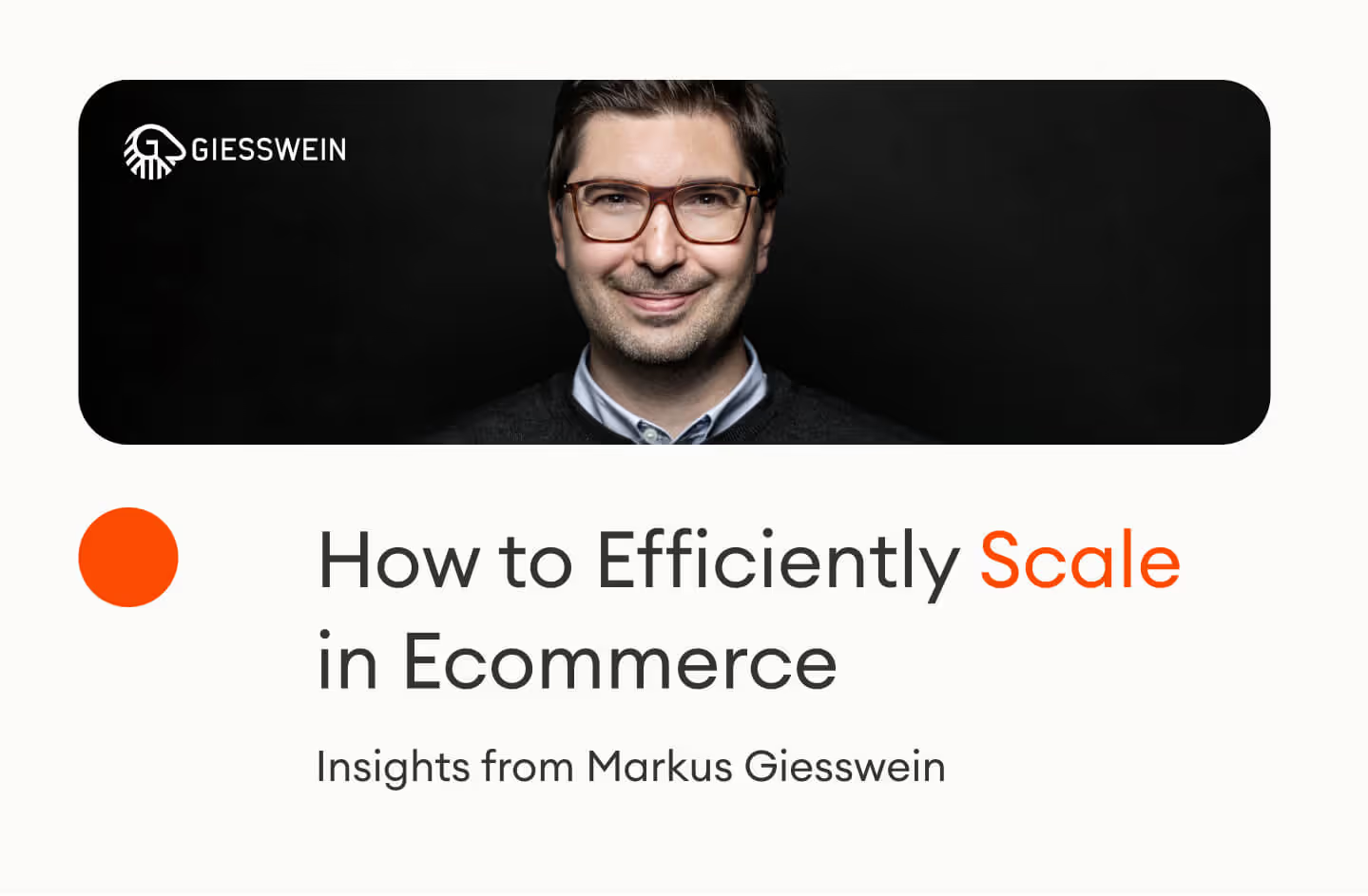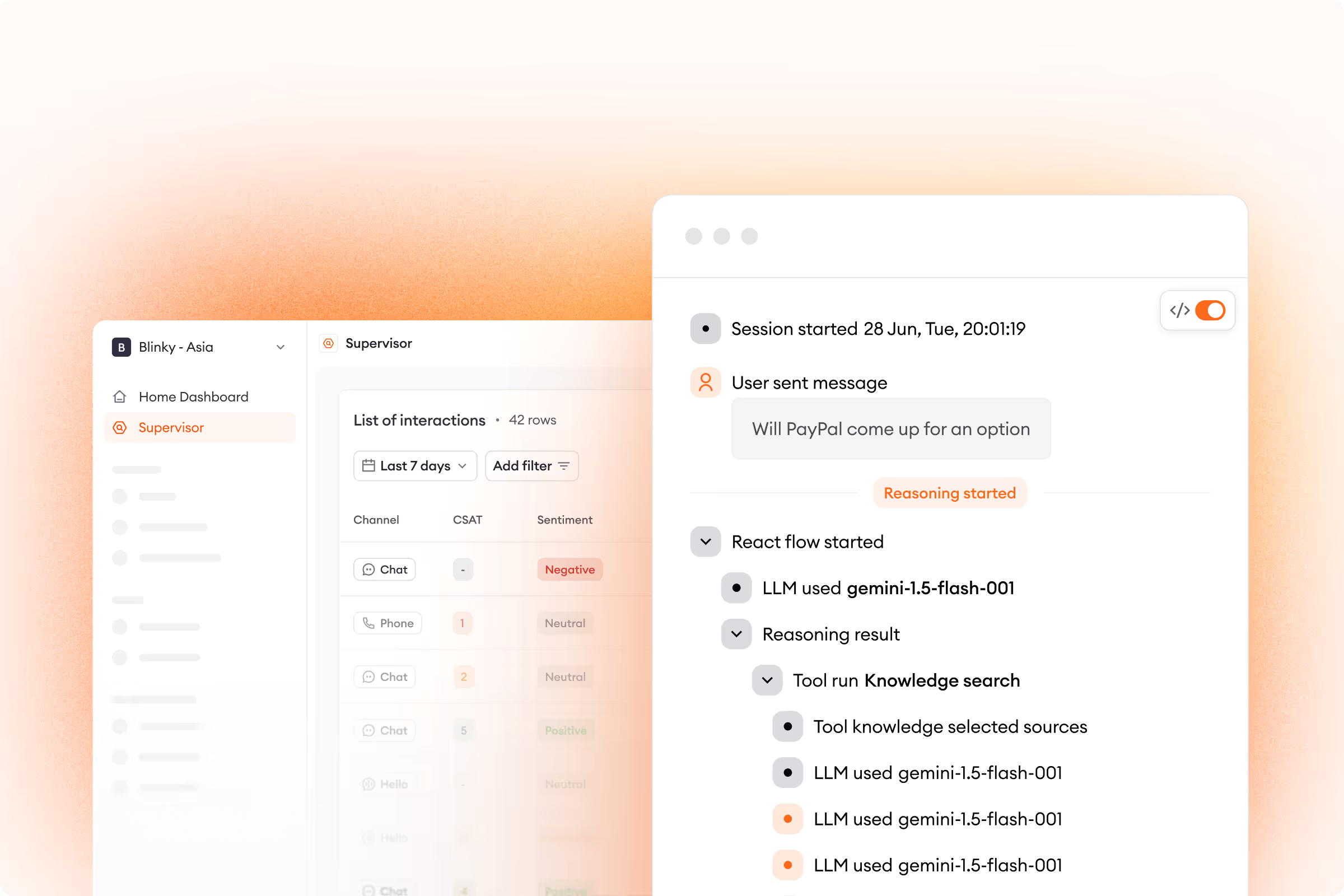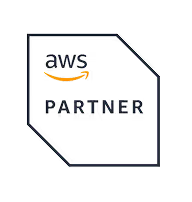Ecommerce is one of the fastest-growing industries out there. According to Statista, it’s expected to generate $5.42T in annual sales by the end of this year.
However, entering ecommerce isn’t the same as succeeding in ecommerce. Nine out of 10 ecommerce startups fail within the first 120 days. In addition, only 1.94% of ecommerce website visits convert into a purchase. And competition only continues to increase for every brand as more companies want a share of the pie.
How can you set up and scale a successful ecommerce business?
Markus Giesswein, an ecommerce CEO who’s already managed to scale his business on a global scale, offers three crucial steps to efficiently grow your company.
Who is Markus Giesswein?
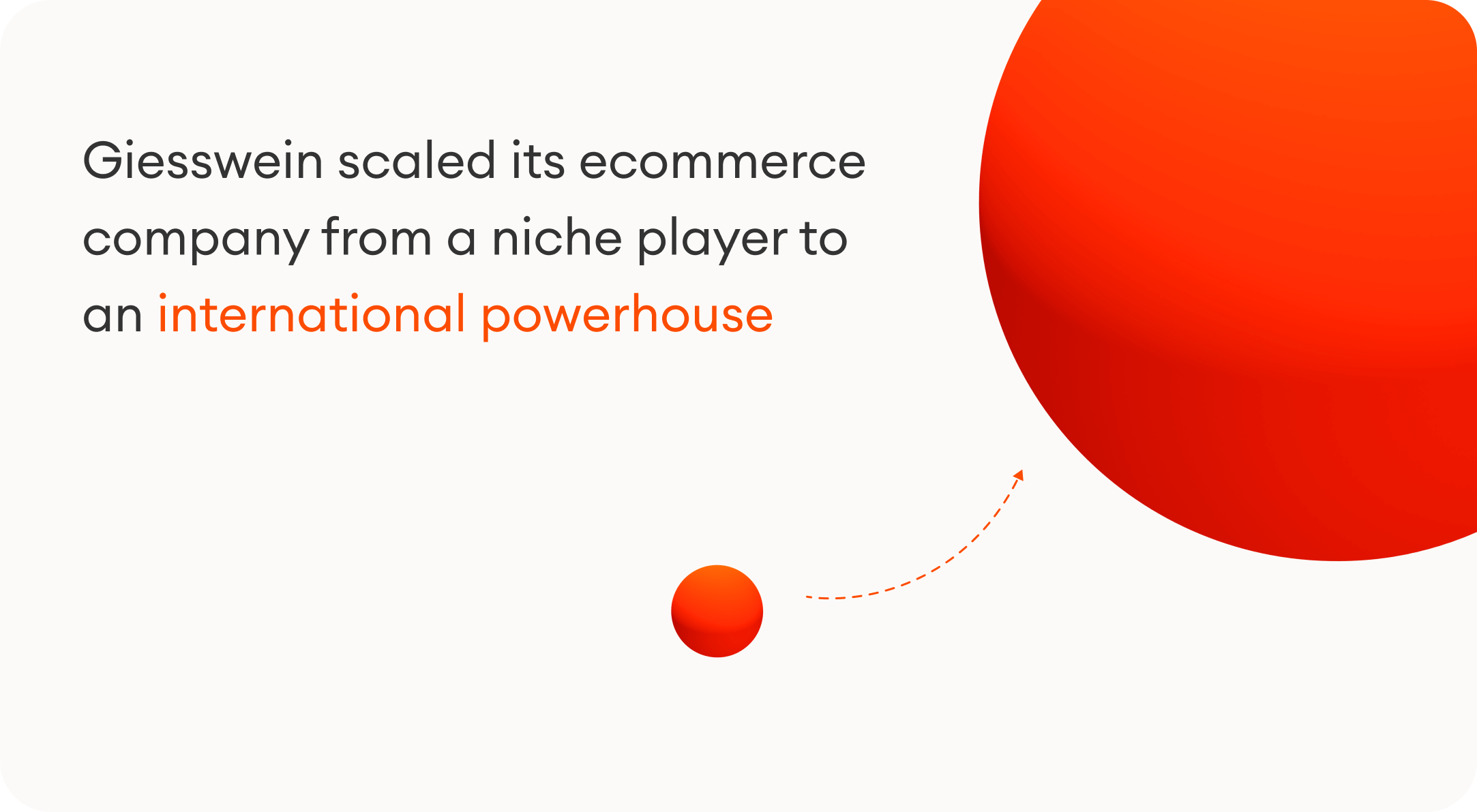
Markus Giesswein is the CEO of Giesswein, a producer of Merino wool footwear and apparel. Giesswein launched in 2006, but it primarily focused on selling to brick-and-mortar retailers.
In 2016, the company went all-in on ecommerce, selling its products on both business-to-consumer (B2C) internet marketplaces and its own direct-to-consumer (D2C) website.
Thanks to this transition, Giesswein went from €15M to €70M in yearly revenues in just five years. And even more impressive, Markus has guided his company’s growth with only 15 full-time employees. The company currently enjoys a global reach that spans 17 primary markets, including the United States and much of Europe.
How did they achieve such growth?
It wasn’t luck. Giesswein scaled its ecommerce company from a niche player to an international powerhouse based on a sound, replicable strategy.
And you can do the same.
Here are three learnings for scaling an ecommerce brand from Markus Giesswein.
Three tips for scaling an ecommerce brand
1. Gain agility through automation

“I was reluctant to let our team grow too large. I like scalability, so we’re still operating with about 15 people.”
— Markus
As Giesswein scaled their business to €70M in sales, they never felt any corresponding pressure to scale the size of their workforce.
How is this possible? With automation.
From the beginning, Giesswein has embraced automation tools to handle several recurring processes.
And Giesswein isn’t the only one. According to HubSpot, 76% of ecommerce companies have already embraced automation technology.
But what should you look to automate?
Giesswein saw particularly noteworthy results when they automated their customer service.
As monthly ticket volume approached 10,000, Markus noticed his team was bogged down in repetitive work, answering the same questions again and again.
In addition, Giesswein’s support team had grown to six agents, and Markus knew hiring more anytime traffic increased wasn’t a sustainable solution.
Automating the company’s customer service would free up agents to focus more on providing great experiences to customers with more urgent cases.
In Zowie, Giesswein found a solution that ticked all their boxes.
Roughly 90% of Giesswein’s incoming tickets are now automated, and a further 69% of them are fully deflecting. Agents have the time to bring customers specialized care, and the team was relieved of any hiring pressure.
“Keep everything simple and scale just by clicking.”
— Markus
2. Deliver remarkable experiences
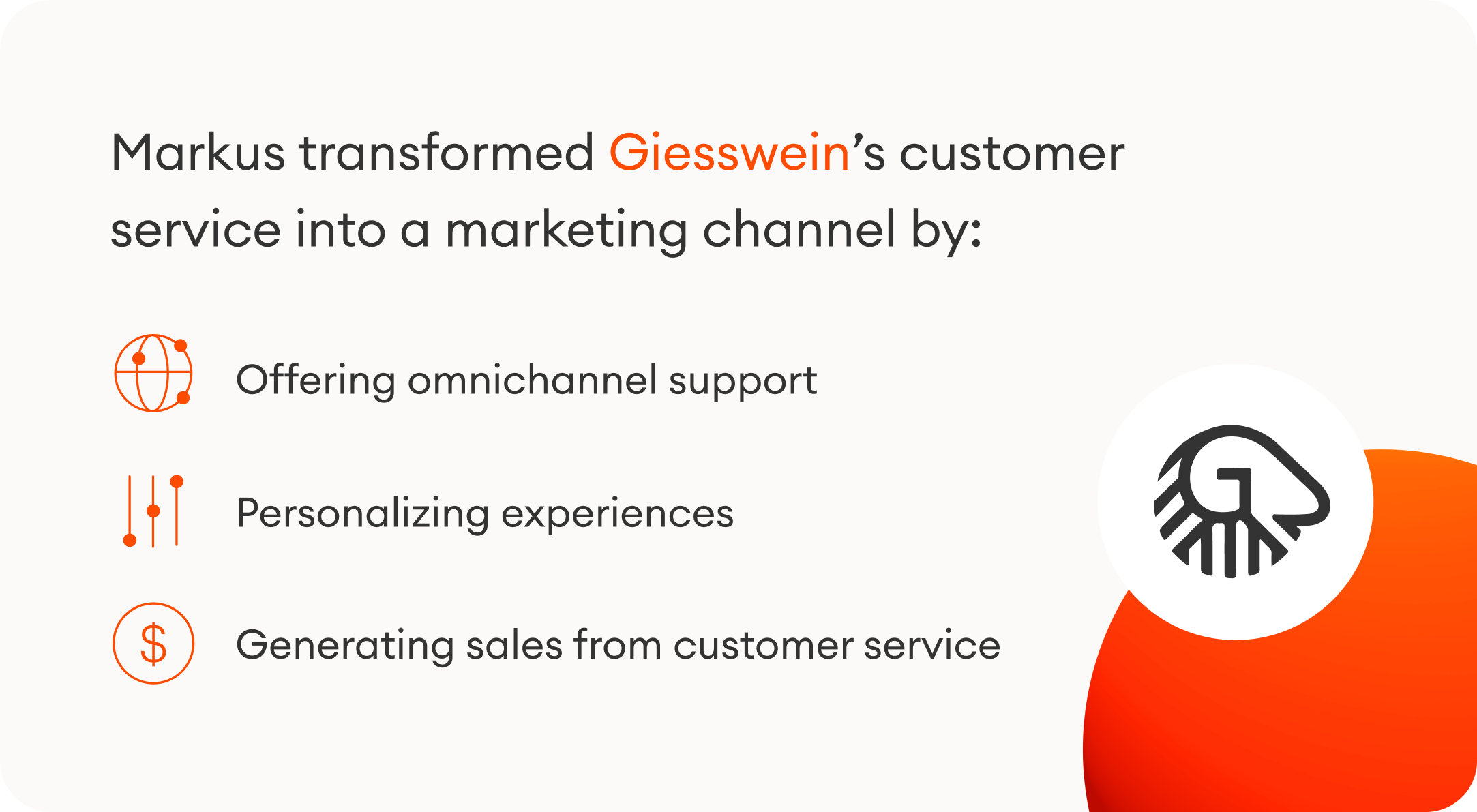
“There’s always room—you don’t have to be first. Focus on key markets and wow customers in ways they’ve never seen before.”
— Markus
Another effective way to scale your online brand is to bring extraordinary experiences to customers.
Forbes found that 74% of customers are likely to make a purchase based solely on the customer experience (CX) they receive.
As digital advertising prices continue to rise, exploring other sources to power growth, like exceptional customer experiences, is more critical than ever.
Markus didn’t just want Giesswein to make high-quality products—he knew delivering superior experiences was a must. To accomplish this, he transformed Giesswein’s customer service into a marketing channel by:
- Offering omnichannel support
- Personalizing experiences
- Generating sales from customer service
With omnichannel support, Giesswein meets customers wherever they’re shopping.
Customers can ask about products over chat, email, mobile, and especially social media—the channel customers prefer most when looking to engage with a brand.
As a result, customers feel heard and don’t waste time searching for ways to get in touch with Giesswein.
Next, Giesswein ensures each customer gets a personalized experience based on their interests and needs.
Customers that interact with Zowie’s chatbot, for example, can receive product recommendations when they inquire about Giesswein’s sneakers. No two customers get the same suggestions.
Finally, personalized omnichannel experiences give Giesswein more chances to sell. Customers feel appreciated, resulting in more conversions.
Since going omnichannel and tailoring experiences with Zowie, Geisswein’s revenue has grown by over 40%.
3. Find the right paid acquisition strategy
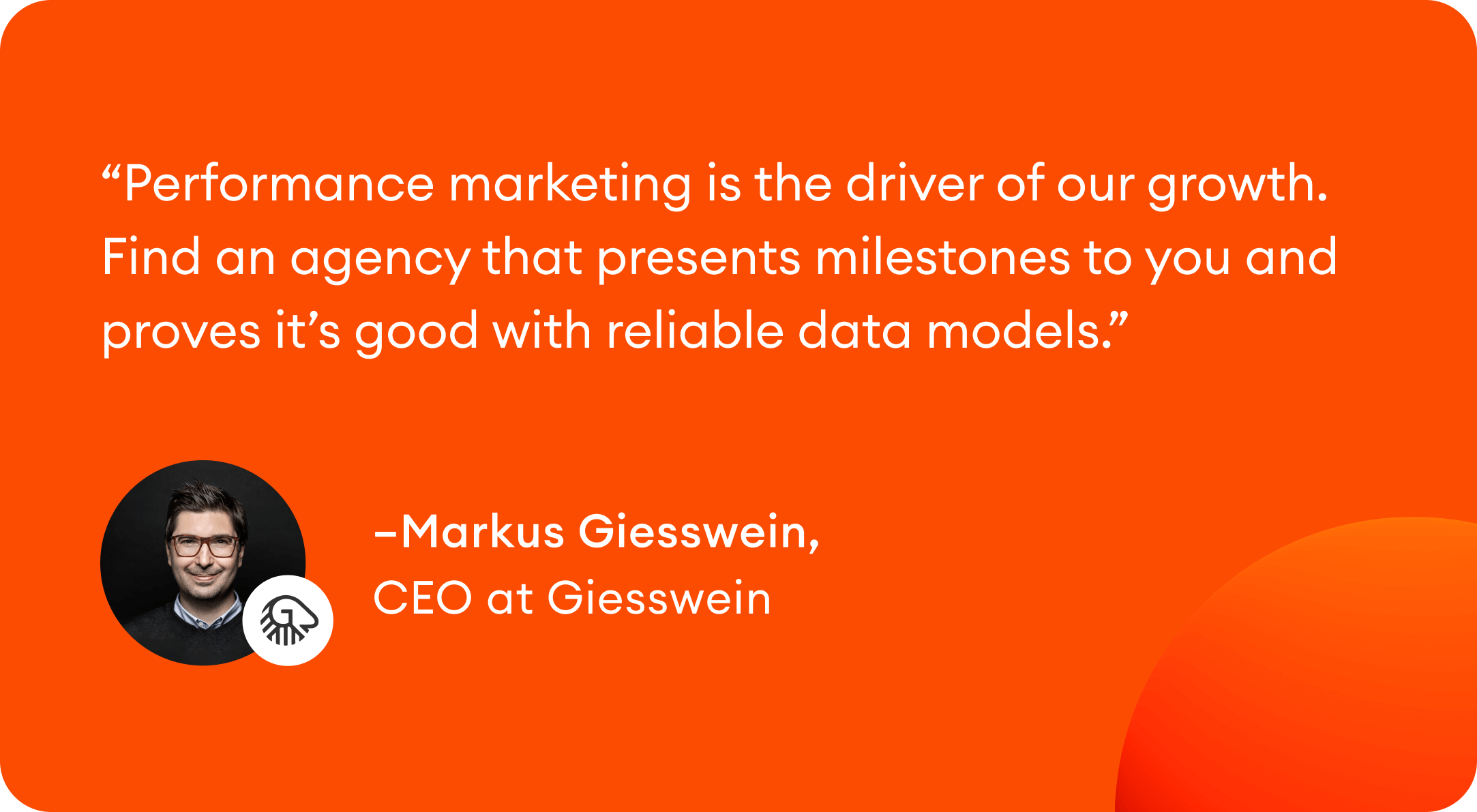
“Performance marketing is the driver of our growth. Find an agency that presents milestones to you and proves it’s good with reliable data models.”
— Markus
Markus’ final piece of advice for scaling in ecommerce is to find a flexible and replicable paid acquisition strategy.
For Giesswein, that meant partnering up with the right agency to oversee performance marketing across all their channels.
Performance marketing involves companies only paying for advertising that produces measurable results.
Also known as pay for performance advertising, performance marketing is becoming increasingly important as digital advertising becomes more expensive overall. By 2025, global spending on digital advertising is projected to hit $820B. And it’ll keep growing after that.
Instead of subjecting yourself to rising costs, performance marketing lets you find repeatable, cost-effective strategies that enable scaling.
What are the benefits of performance marketing?
Not only can you track your performance, but your cost per acquisition (CPA) is often lower. When it comes to your return on investment (ROI), it’s usually higher and more predictable.
This means performance marketing minimizes your risks, giving you confidence as you attempt to scale into new markets.
With a trusted performance marketing partner, Giesswein rapidly expanded outside of its base in Austria to the rest of Europe, and then to more distant markets in North America and Asia.
You may need to test out a few options first, as Markus did, but you’re bound to find one that meets your needs.
“That’s one advantage of ecommerce performance marketing: no matter where you’re sitting, you can do it all over the world. If your agency is good, you’ll see results immediately.”
— Markus
Markus shared more insights at our webinar, “How to align the KPIs of customer support and customer experience.”
To listen to our full conversation, access the recording here.
Scale faster and larger with Markus’ roadmap
The data support Markus’ blueprint for scaling success. If you want to grow your ecommerce brand, it’s essential to automate, give customers phenomenal experiences, and leverage performance marketing.
Giesswein didn’t rely on a secret strategy or some magic touch. Their results can be yours too.
Want to see how?
.avif)
